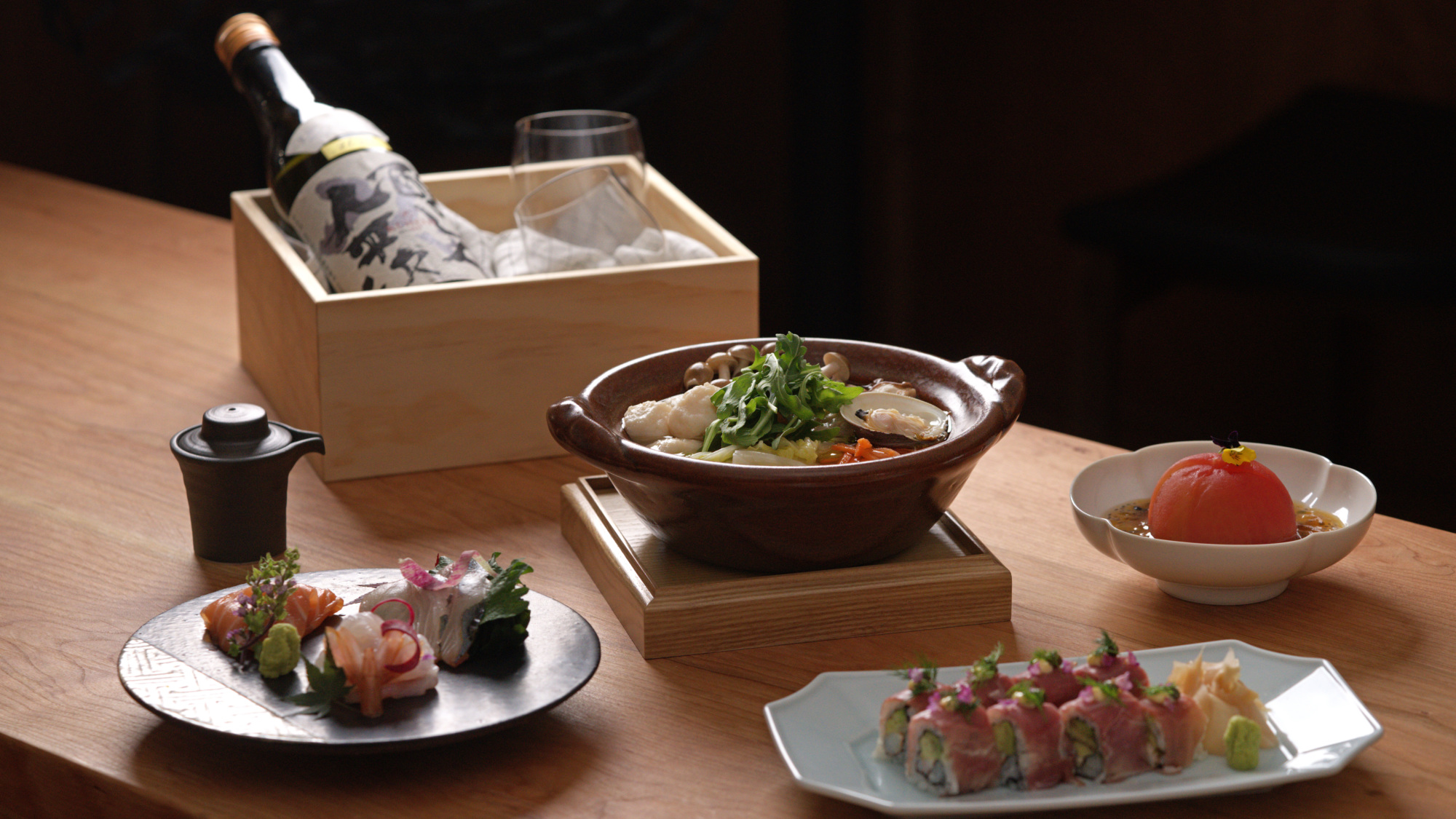
Five Things to Know About Towa, Now Open in Nomad
Before you go to a restaurant, what do you want — or need — to know most? In our series, The Rundown, we’re sharing all the essentials about newly opened (as well as some of your favorite) restaurants.
Here, we’re looking at Towa, one of the newest restaurants from Hand Hospitality, the same team behind hit Korean restaurants such as Jua, LittleMad, Her Name Is Han, Atoboy, and Cho Dang Gol.
But at Towa, located just a few blocks west of Madison Square Park in Nomad, the focus is on kaiseki-inspired Japanese cooking from chef Masaya Shirai, previously of Michelin-starred Sushi Azabu, offered in multiple formats. Guests can choose between an a la carte menu, offered in the 42-seat dining room, or a nine-course omakase experience at the eight-seat counter. Both options also include sashimi and sushi — at the omakase counter there’s a chef’s selection of nigiri, and in the dining room, a selection of maki. “We want to make sure that there’s a version to love for anyone who loves Japanese food,” Shirai says, through general manager Natsuki Samuel, who helped translate.
Here’s everything else you need to know about this exciting new restaurant, which just opened in March.
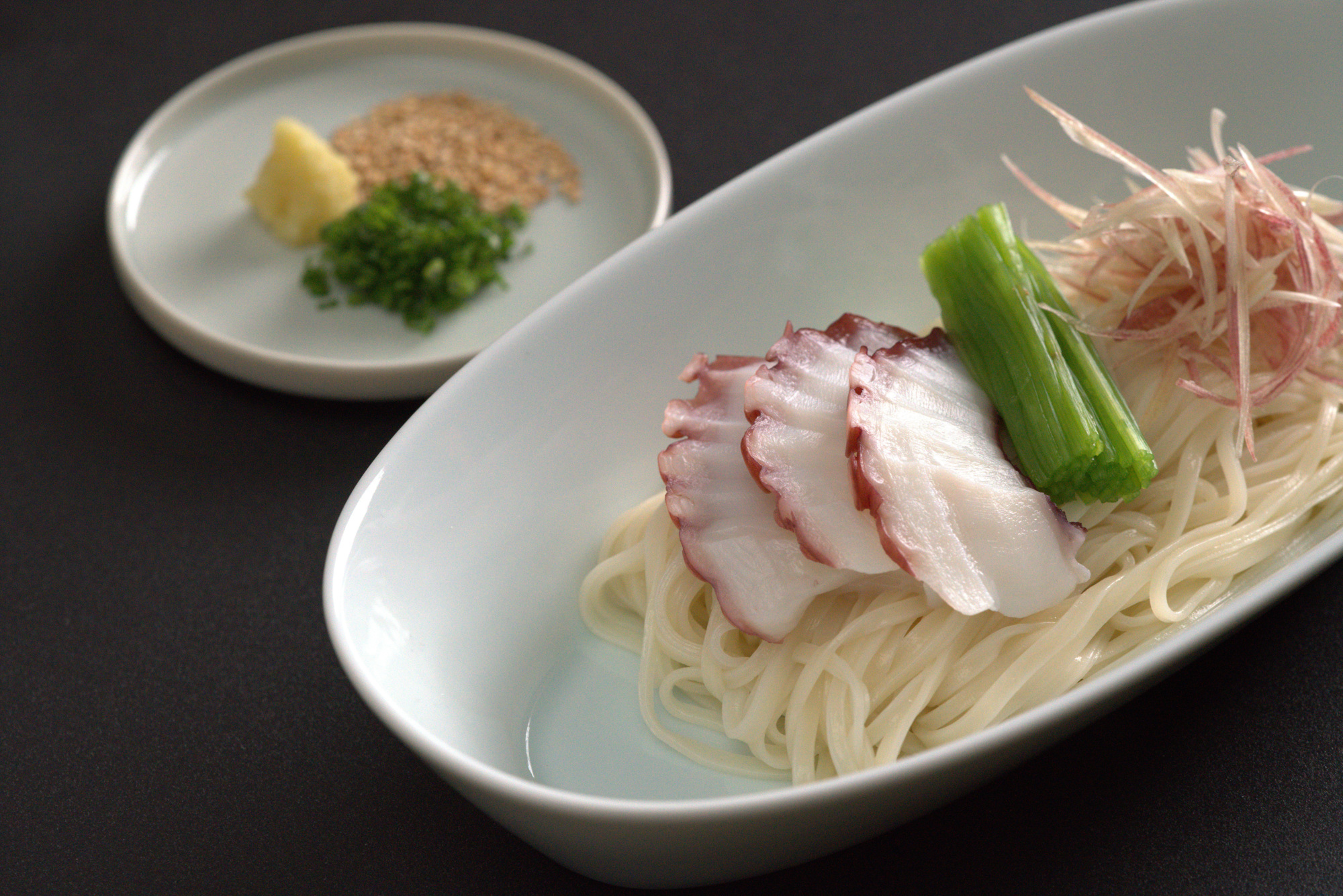
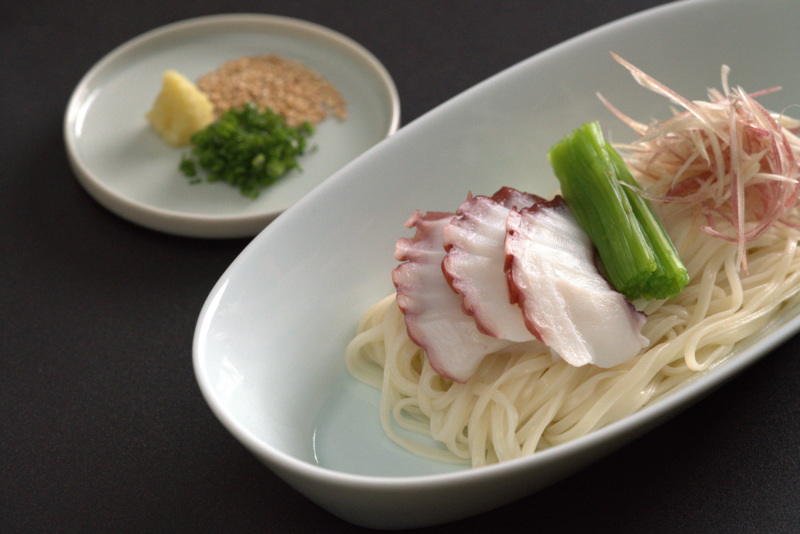
1. If you’re a kaiseki first-timer, the a la carte menu is a great place to start.
The a la carte menu available in the dining room is divided into sections based on the different courses of traditional kaiseki, arranged by cooking technique and preparation. For the sakizuke, or small appetizers, you can expect dishes like a dashi broth-marinated tomato or wagyu tataki served with shiso truffle butter (“to bring out the delicate taste,” Shirai explains). The agemono, or fried dishes, include karaage (Japanese fried chicken) and ebi shinjo, a fried minced shrimp roll served with yuzu mayonnaise. Yakimono dishes include a DIY grilled A5 wagyu on a stone plate, and toro shoyu, soy-marinated grilled fatty tuna served with fried taro, grated daikon, yuzu kosho, chili pepper, and chives. There’s also nabemono, with hot pot dishes like tantan nabe, a spicy soup with chicken, tofu, and shiitake mushrooms. For shokuji, or rice and noodle-based dishes, there’s Inaniwa cold dipping udon with steamed octopus, or Kamo soba served hot with grilled duck breast.
However, “it’s not too traditional,” adds Shirai. “All the food is made for New Yorkers.” For instance, the sashimi and sushi section of the menu includes a prosciutto maki. “We use the prosciutto on top and snow crab and avocado inside,” Shirai says. “It’s still sushi, but a little Americanized.”
The dessert selection includes cheesecake made with sake lees and served with a yuzu honey sauce, and a hoji tea panna cotta, and homemade pomegranate gelato with shiso.
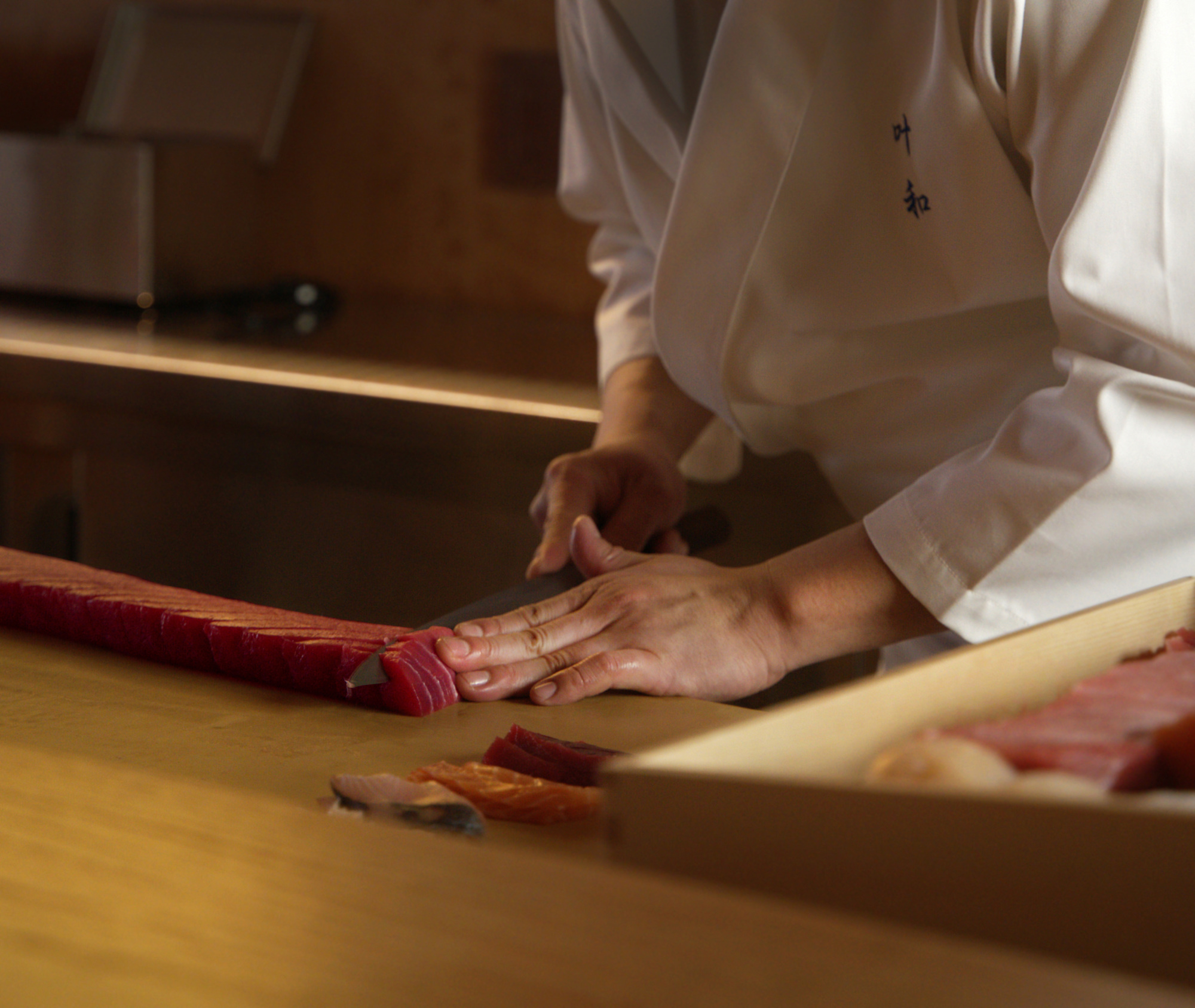

2. There’s also a (relatively affordable) omakase counter.
Those who don’t want to make menu decisions or want the chef to choose what they eat that night can reserve a seat at the counter for Shirai’s nine-course omakase experience, offered in two seatings at 5:30 and 8 p.m. The omakase menu will change seasonally, about every three months, Shirai says, noting about 80% of the fish will come from Japan, like the grilled Spanish mackerel currently on the menu. Other dishes on the spring menu include a selection of assorted sashimi and nigiri, as well as cold soba, and shiitake mushroom stuffed with fried shrimp. “The flow of nine courses makes it a special Japanese kaiseki-inspired meal, with freshly cut and prepared fish, seasonal tempura, noodles, fishbone broth cleanser, tea and sorbet,” Shirai says.
And the omakase experience will only run you a very affordable $100 per person. “We don’t want people to use us as only a special occasion restaurant,” Shirai says. “We want it to be more casual, so they can come anytime.”
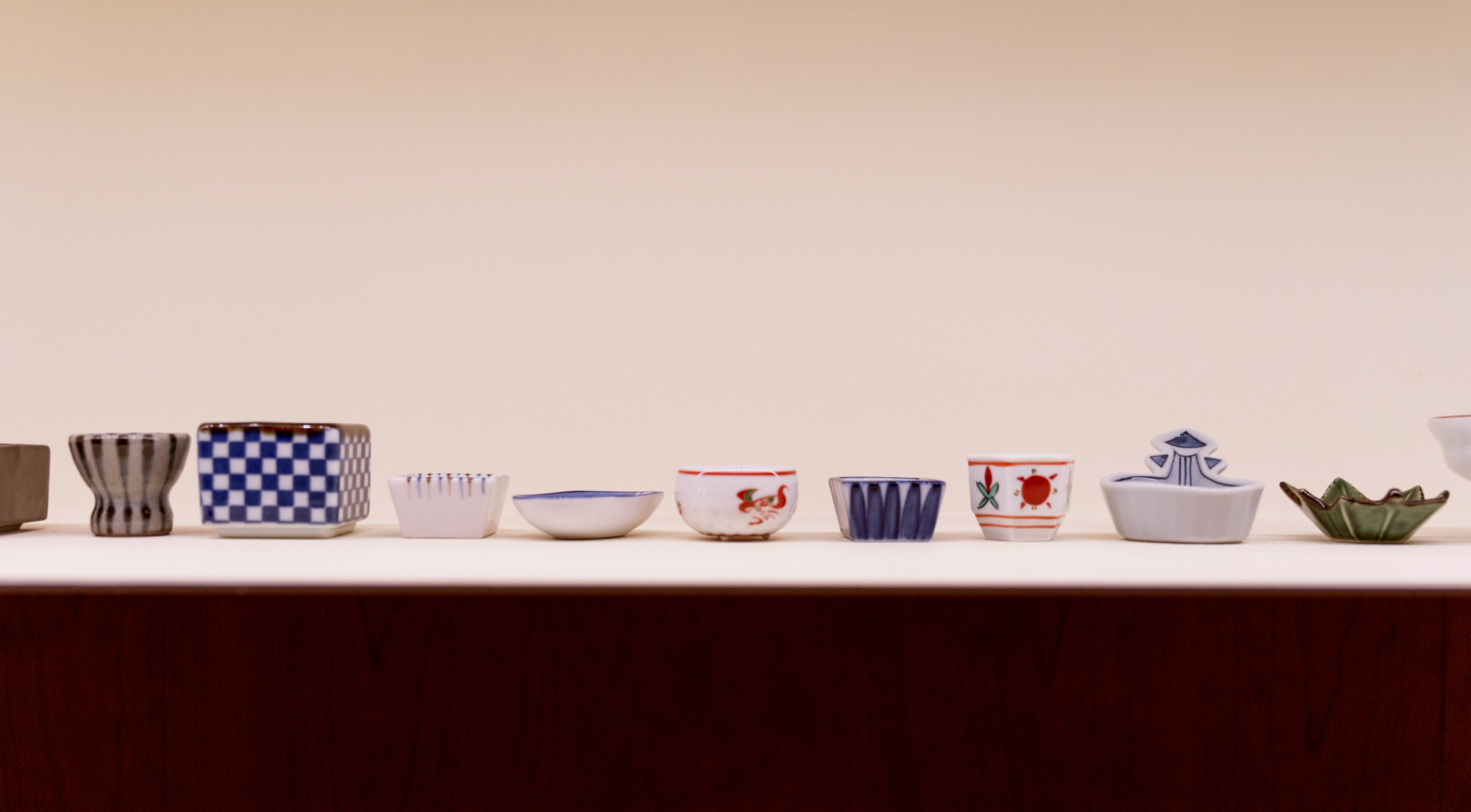

3. The drink list is sake-forward.
“We really, really wanted to focus on sake,” says Samuel of Towa’s drink list. That means sake-based cocktails like the D-saketini, with okunomatsu sake, sake vermouth, daikon juice, pink pepper, and rosemary. There’s also an option to create a three-sake flight for $18, from a list that includes Kagatsuru Umeshu, a plum sake, and a range of junmai and ginjo selections. Under the premium section, you can find a bottle of junmai daiginjo from Nisho Shuzo brewed with a special 100-year-old yeast. Eventually, Samuel says, they hope to include sake pairings with the omakase menu.
And don’t worry, Japanese whisky lovers: The cocktail list includes a highball with Suntory Hibiki and red pepper-infused awamori, and a citrus-forward drink with Iwai whisky.
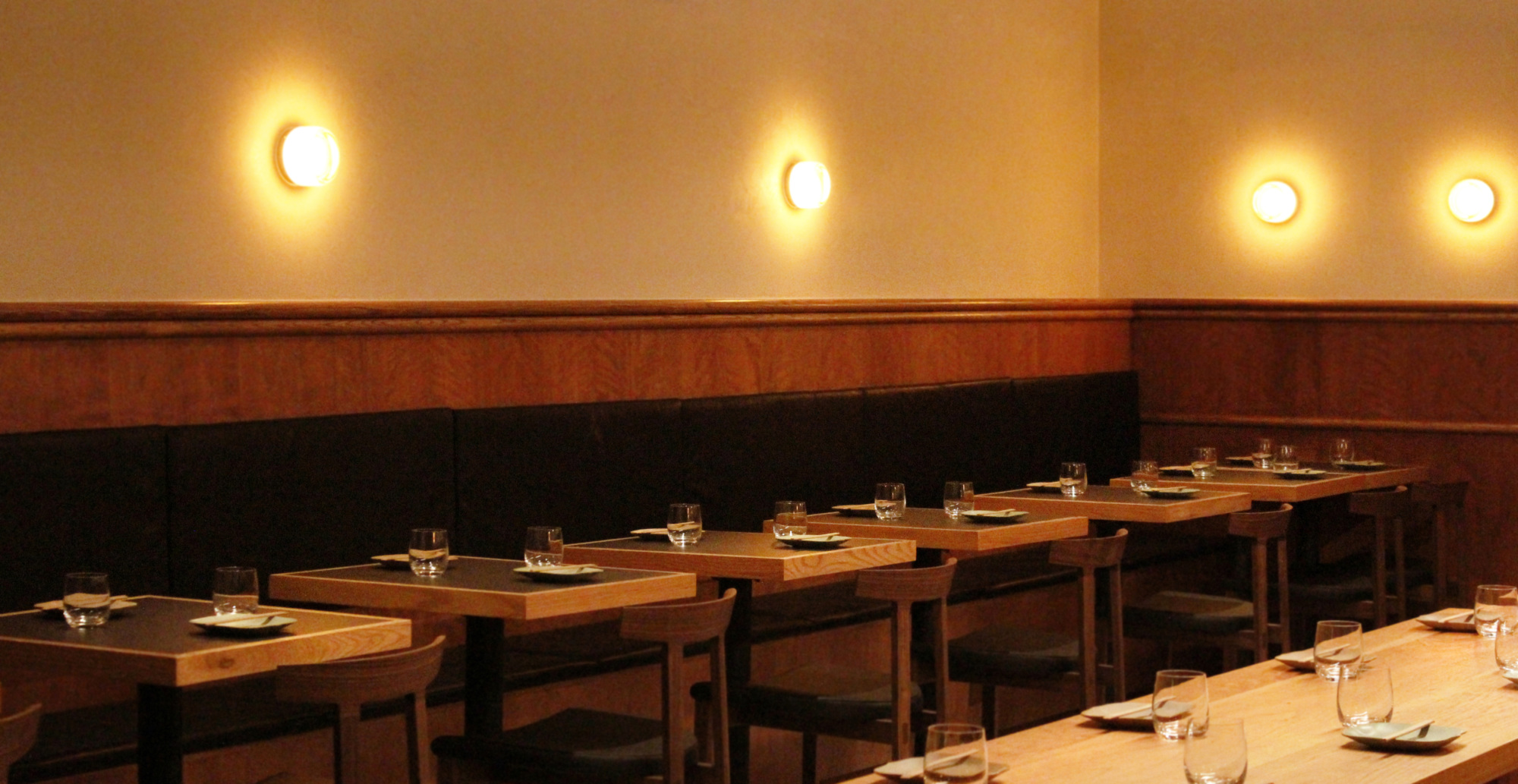
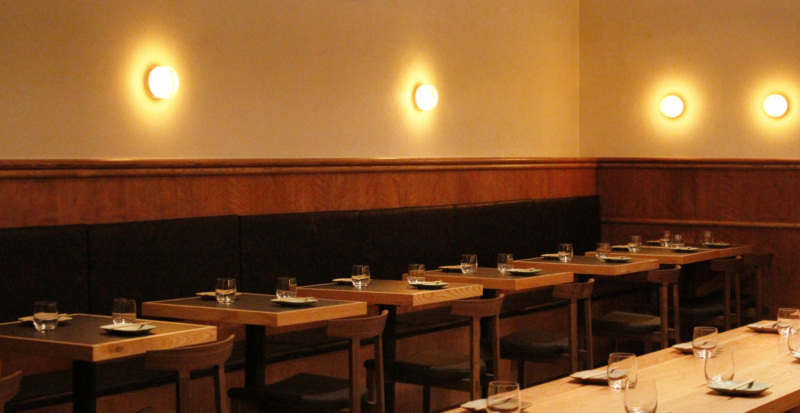
4. The name hearkens back to an ancient language.
The restaurant’s name comes from “towasu,” a native Japanese word that means making something together that will last forever. The term towasu comes from “yamato kotoba,” or words inherited from Old Japanese, which dates back to at least the 8th century. As Samuel explains, the name is meant to evoke the idea that “we are going to continue having this restaurant for the long term. “We want to inspire the guests by serving Japanese food forever.”
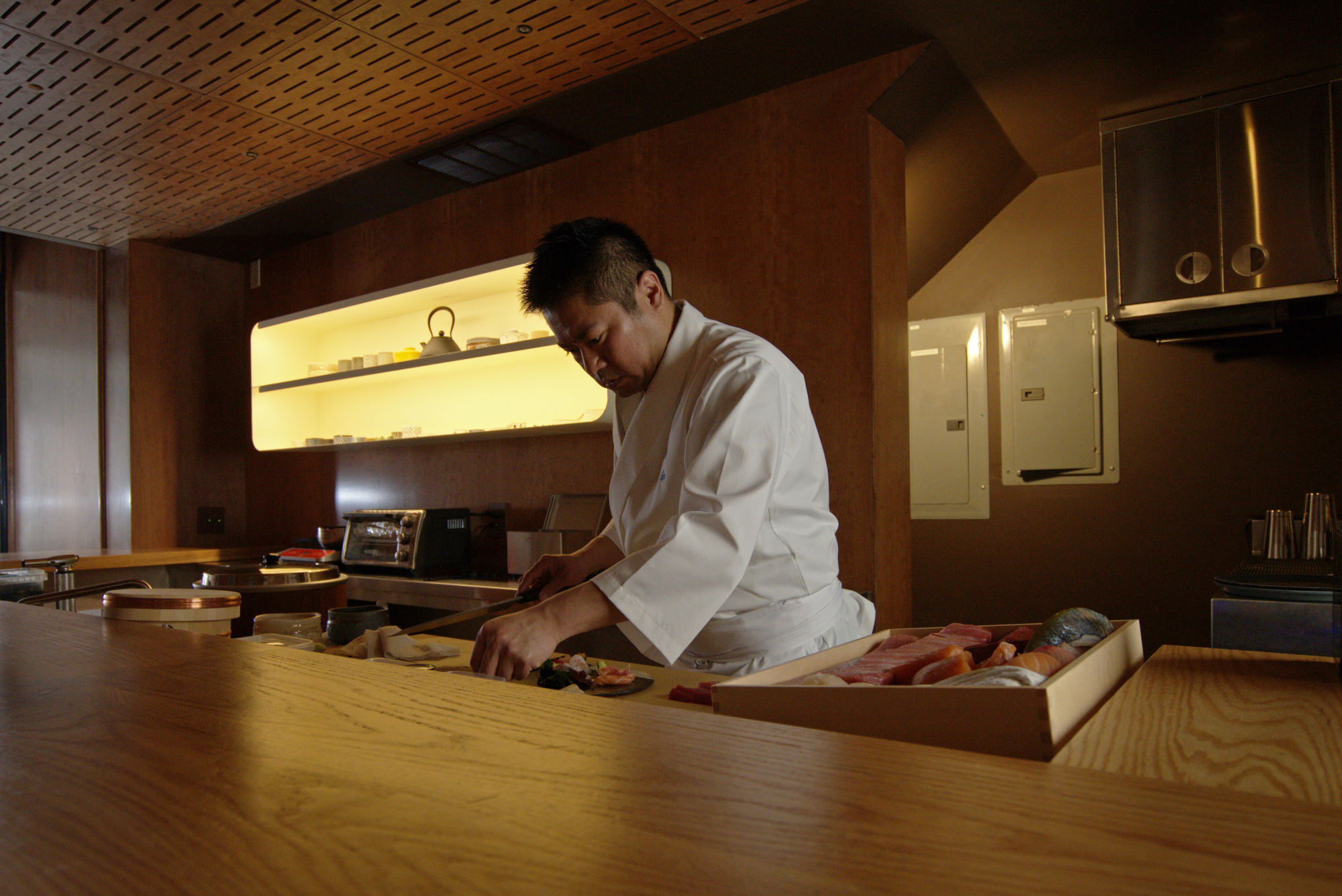

5. And the restaurant aims to serve in the Japanese tradition of omotenashi.
Omotenashi, or the Japanese culture of service with respect, is also a driving principle at Towa. “Omotenashi is the word we use; it’s saying we serve from the bottom of our heart,” Samuel says. At Towa, this means “making a great environment for however they want to be here — for a business meal, dates, casual dining.” This ethos extends to the restaurant’s design as well, which skews minimalist, with cream-colored walls and warm wood accents. “Design-wise we wanted to do a little bit of modern Japanese,” Shirai says. “It’s a bit of a casual place; we’re trying to be welcoming.”
Towa is open Tuesdays through Thursdays from 5 to 9:30 p.m., and on Fridays to Sundays from 5 p.m. to 10 p.m. Omakase seatings are available from Tuesday to Saturday at 5:30 p.m. and 8 p.m.
Lauren Vespoli is a New York-based freelance journalist who has contributed to The New York Times, Vox, Atlas Obscura, and more. Follow her on Twitter. Follow Resy, too.
Discover More

Stephen Satterfield's Corner Table




















